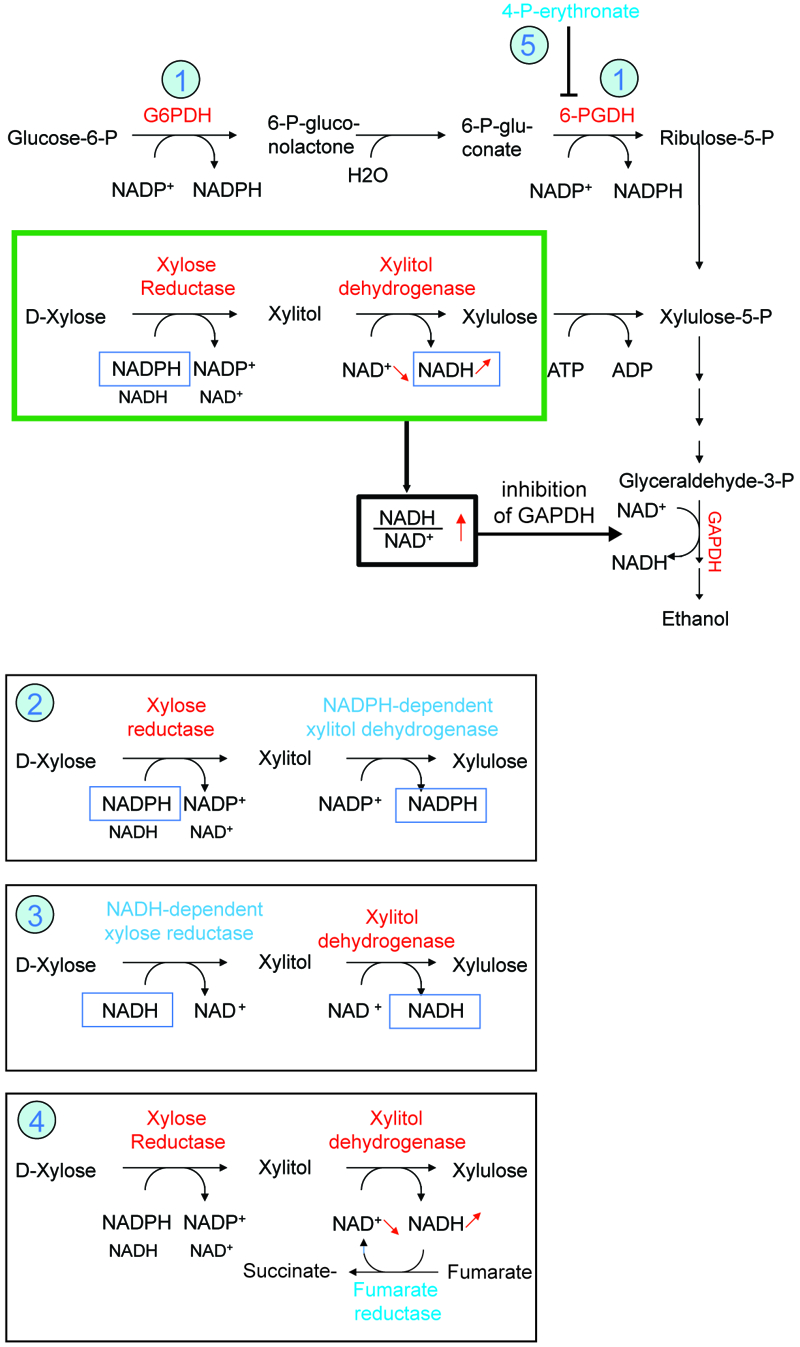FIGURE 2: Inhibition of the pentose phosphate pathway prevents nicotinamide nucleotide imbalance and facilitates production of ethanol from xylose.
Preferential usage of NADPH by xylose reductase and NAD+ by xylitol dehydrogenase leads to an increase in cellular NADH/NAD+ ratio which limits glyceraldehyde 3-phosphate dehydrogenase (GAPDH) activity (green box). This can be alleviated (highlighted in blue) by (1) reducing NADPH production in the oxidative pentose phosphate pathway by deleting the enzymes glucose-6-phosphate dehydrogenase (G6PDH) or 6-phosphogluconate dehydrogenase (6-PGDH), (2) by expression of a NADP-dependent xylitol dehydrogenase, (3) by expression of a NADH-dependent xylose reductase, (4) expression of NADH-consuming fumarate reductase or (5) by inactivation of PGP, which leads to the accumulation of 4-P-erythronate leading to an inhibition of 6-PGDH in the pentose phosphate pathway.

